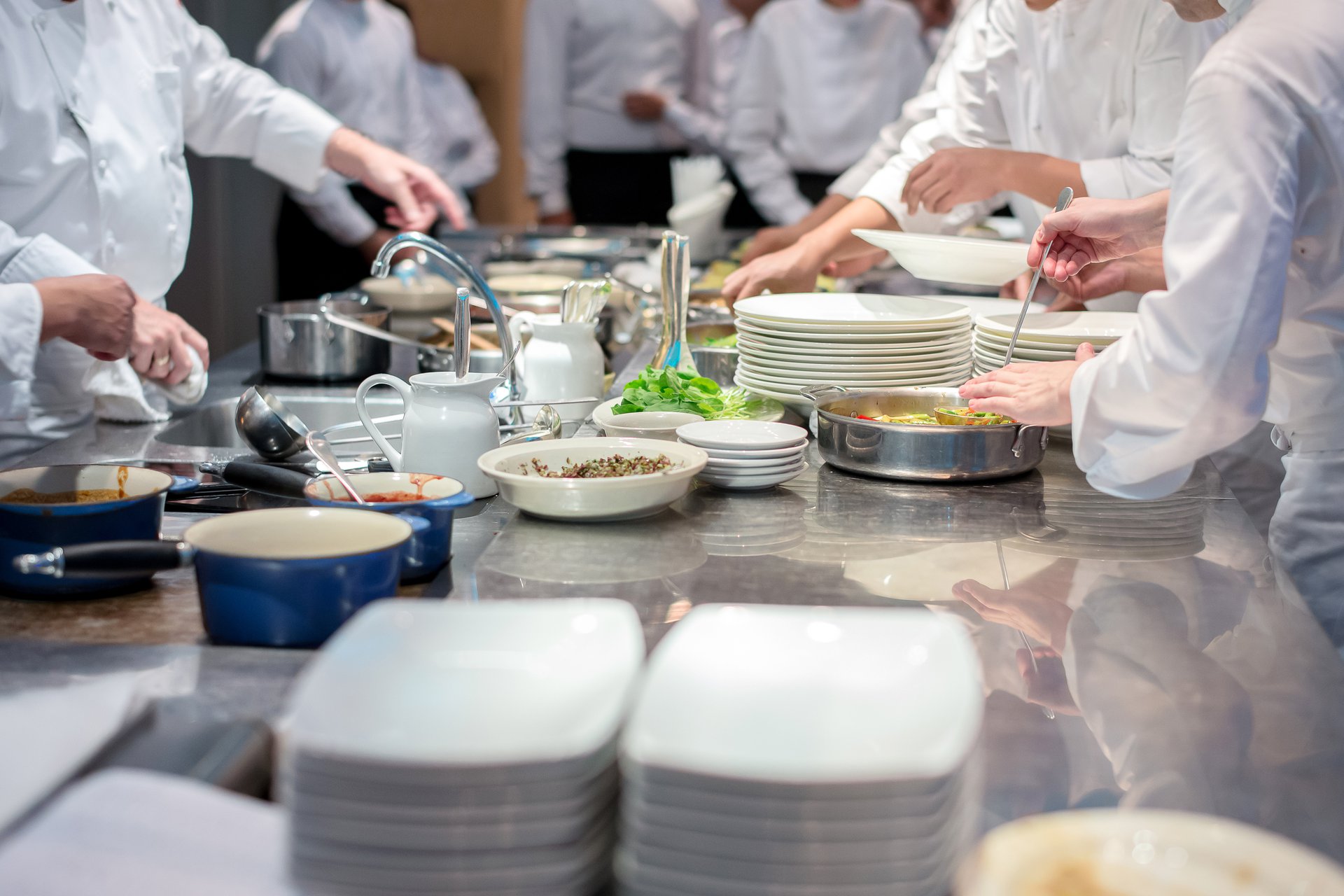7 Microwave Myths Debunked
While microwave ovens have been an important part of nearly every kitchen for many decades, there are still plenty of misconceptions and perceived negatives associated with it. Commercial microwaves especially, have far advanced technology for quality food results and operational performance, noted here.
Myth #1: Microwaving food makes it rubbery.
Controlling microwave power levels allows you to cook to the perfect texture and temperature. Most Amana® Commercial ovens have 11 power levels, from 0 to 100%.
Myth #2: Microwaves are harmful.
Microwaves are less harmful than sunlight. On the electromagnetic spectrum, microwaves are closest to radio waves. All microwave ovens are thoroughly factory-tested for microwave leakage before shipment, so there should never be any concerns about operating a microwave.
Myth #3: Microwaves take nutrients out of vegetables.
When compared to boiling, far less water-soluble nutrients leach out of vegetables during microwave cooking. Cooking vegetables in the microwave also gives better retention of texture and color.
Myth #4: Microwaved food is cooked from the inside out.
Food is cooked from the outside in. Microwaves penetrate the food about 3/4", then heat is conducted through the rest of the food.
Myth #5: Microwaves consume a lot of energy.
Microwave ovens take considerably less energy to cook food than conventional methods because they work faster with more of the energy focused directly on the food. Microwave ovens only use energy when they are in use, with no idling or pre-heating required.
Myth #6: Microwaves interfere with pacemakers.
Many years ago, microwave radiation might have interfered with the signal from a pacemaker. But these days, pacemakers are fitted with electromagnetic shields to prevent this interference. Being near a microwave with a pacemaker is now perfectly safe.
Myth #7: Microwaving food in plastic containers releases harmful substances into food
Microwave-safe plastic containers are completely safe for use in the microwave. These products are labeled “microwave-safe” or are imprinted with the equivalent symbol and are suitable for high temperatures as classified by the US Food and Drug Administration.
Plastic containers not intended for use in the microwave could melt and be hazardous. Avoid microwaving cold food storage containers such as butter or margarine tubs, deli containers, or whipped topping containers, as these are not microwave-safe.
Have more microwave or specialty oven questions? We are here to help you choose the right oven for your needs. Contact us for more information.

